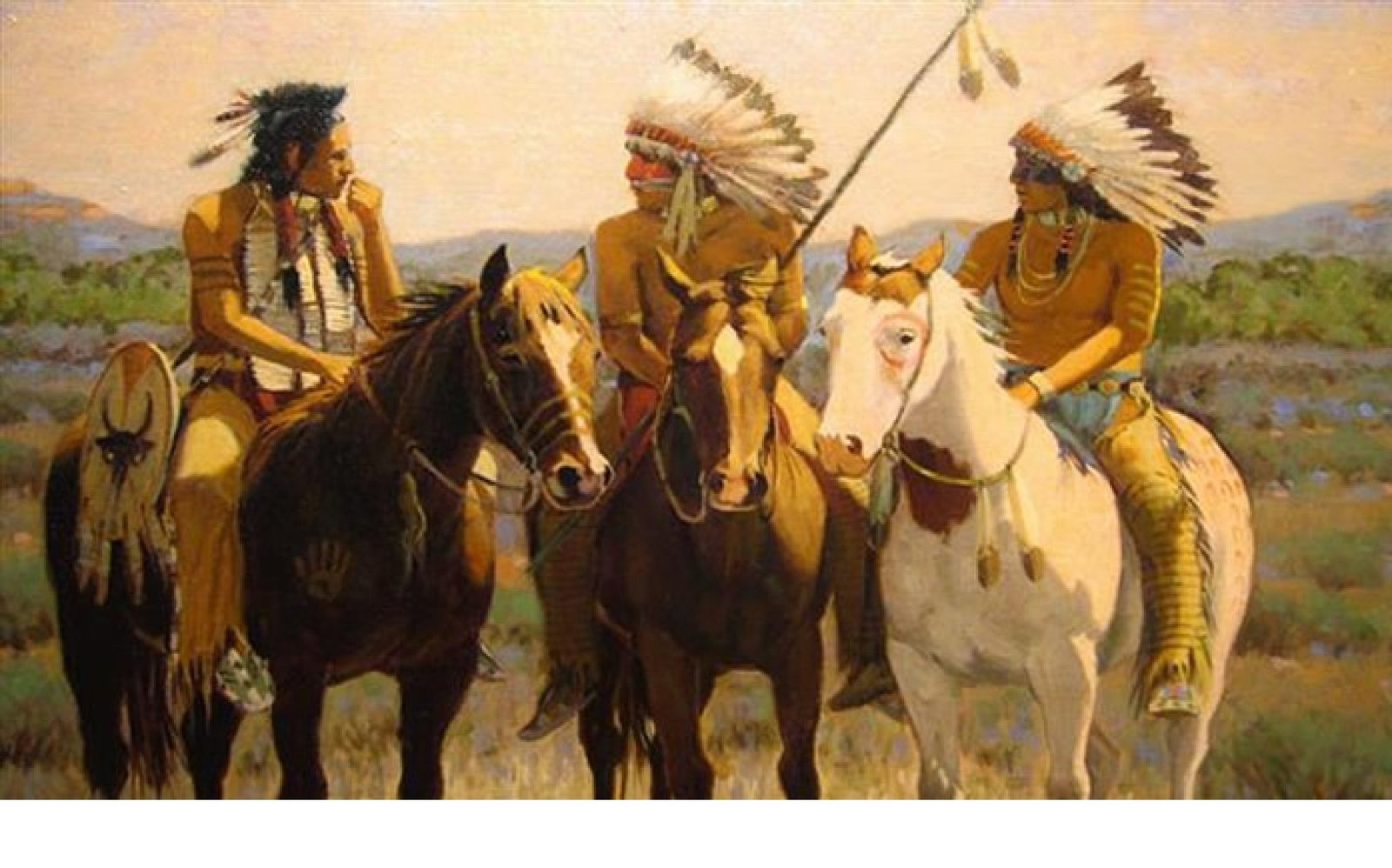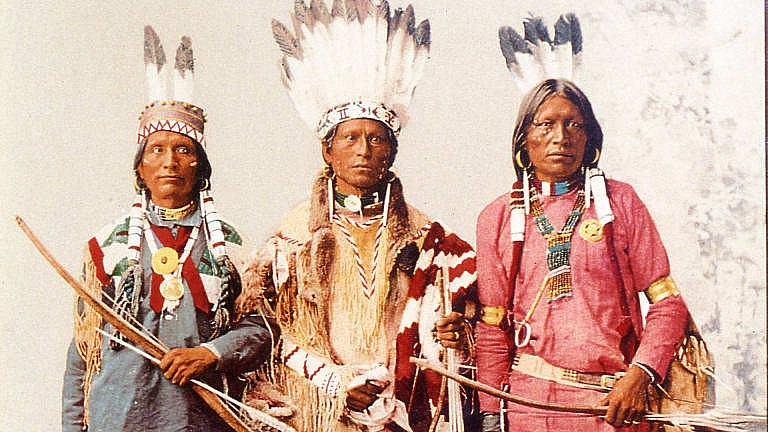A Tapestry of Cultures: Exploring the Diverse Tribes of Native America
A Tapestry of Cultures: Exploring the Diverse Tribes of Native America

The term "Native American" encompasses a vast array of distinct cultures, languages, and traditions. It’s crucial to understand that "Native American" is not a monolithic identity, but rather a collective term for the indigenous peoples who inhabited the Americas before European colonization. This diversity is reflected in the hundreds of tribes that have thrived across the continent for millennia, each with its own unique history, beliefs, and practices.
Navigating the Diversity: Understanding Tribal Affiliations
Related Articles: A Tapestry of Cultures: Exploring the Diverse Tribes of Native America
- Unravel the Tapestry of Mexico’s Tribal Heritage: A Journey Through History
- Pilgrim’s Perfect Partnership: Thanksgiving with Native American Tribe!
- Kangaroo: Australia’s Iconic Symbol of Adventure, Uniqueness, and Spirit
- Bison Bonanza: The Sioux’s Ingenious Uses for the Mighty Beast
- Wichita Short Facts: Discover 3 Fascinating Truths That Will Amaze You
To truly appreciate the richness of Native American culture, it’s essential to move beyond generalizations and delve into the specificities of each tribe. This article will provide a glimpse into the diverse tapestry of Native American tribes, highlighting some of their unique characteristics and contributions.
The Northeast: Guardians of the Woodlands
The Northeast region of North America was home to numerous tribes, including the Iroquois Confederacy, Algonquin, and Lenape.
-
Iroquois Confederacy: This powerful alliance of six nations (Mohawk, Oneida, Onondaga, Cayuga, Seneca, and Tuscarora) played a significant role in shaping the history of the Northeast. Their complex political system, known as the Great Law of Peace, emphasized peace, justice, and unity. The Iroquois Confederacy’s influence extended beyond their territory, influencing other tribes and impacting the early stages of European colonization.

Algonquin: This linguistic group encompassed numerous tribes, including the Nipmuc, Wampanoag, and Narragansett. They were known for their skilled hunting and fishing techniques, and their intricate beadwork and basketry. The Algonquin played a vital role in early interactions with European settlers, forming alliances and trading partnerships.
-
Lenape: Also known as the Delaware, this tribe inhabited the lands along the Delaware River. They were known for their sophisticated agriculture, particularly their cultivation of corn, beans, and squash. Their spiritual beliefs centered on the interconnectedness of all living things, and they were renowned for their storytelling and oral traditions.

The Southeast: Keepers of the Mississippian Tradition
The Southeast region was home to a vibrant mix of tribes, many of whom shared a common cultural heritage rooted in the Mississippian culture.

Cherokee: This tribe, known for their distinctive language and traditions, occupied a vast territory in the southeastern United States. They were skilled farmers, artisans, and warriors, and their political structure was based on a council of chiefs. The Cherokee Nation has endured centuries of forced relocation and assimilation, yet their cultural resilience remains strong.
-
Choctaw: This tribe, along with the Chickasaw, Creek, and Seminole, comprised the "Five Civilized Tribes." They were known for their strong political institutions, their adoption of European agricultural practices, and their contributions to the development of the Southeast. The Choctaw Nation has faced significant challenges, including the Trail of Tears, but they continue to maintain their cultural heritage and advocate for their rights.
-
Creek: This tribe, also known as the Muscogee, were skilled farmers, hunters, and warriors. They were known for their intricate beadwork, pottery, and basketry, as well as their vibrant storytelling traditions. The Creek Nation has played a pivotal role in shaping the history of the Southeast, and their cultural legacy continues to thrive.
The Great Plains: Nomadic Warriors and Skilled Hunters
The Great Plains, characterized by vast grasslands and abundant wildlife, was home to numerous nomadic tribes known for their equestrian skills and hunting prowess.
-
Lakota: This tribe, also known as the Sioux, comprised seven distinct bands: the Oglala, Brule, Miniconjou, Hunkpapa, Sicangu, Sans Arc, and Two Kettle. They were renowned for their skilled horsemanship, their intricate beadwork and quillwork, and their fierce resistance to European encroachment. The Lakota played a crucial role in shaping the history of the West, and their cultural heritage remains an important part of Native American identity.
-
Cheyenne: This tribe, known for their nomadic lifestyle and their powerful warrior societies, inhabited the Great Plains. They were skilled hunters and horse breeders, and they developed a unique culture that blended traditional beliefs with the influence of the horse. The Cheyenne have faced significant challenges, including forced relocation and assimilation, but their cultural resilience remains strong.
-
Comanche: This tribe, known for their fierce independence and their equestrian skills, dominated the Southern Plains for centuries. They were renowned for their raids on Spanish settlements and their ability to adapt to changing conditions. The Comanche have endured centuries of conflict and displacement, but their cultural heritage continues to thrive.
The Southwest: Builders of Ancient Civilizations
The Southwest region of North America, characterized by arid landscapes and diverse cultures, was home to ancient civilizations that left a lasting legacy.
-
Navajo: This tribe, known for their intricate weaving, jewelry, and pottery, has inhabited the Four Corners region for centuries. They are renowned for their rich oral traditions, their complex social organization, and their strong connection to the land. The Navajo Nation is the largest Native American reservation in the United States, and its cultural heritage continues to thrive.
-
Hopi: This tribe, known for their unique religious beliefs and their elaborate kachina dolls, has inhabited the mesas of northern Arizona for centuries. They are renowned for their traditional agriculture, their distinctive pottery, and their vibrant ceremonies. The Hopi people have faced significant challenges, including forced relocation and assimilation, but their cultural resilience remains strong.
-
Zuni: This tribe, known for their intricate pottery and their elaborate ceremonies, has inhabited the Zuni Pueblo in western New Mexico for centuries. They are renowned for their traditional agriculture, their complex social organization, and their strong connection to their ancestors. The Zuni people have faced significant challenges, including forced relocation and assimilation, but their cultural heritage continues to thrive.
The Pacific Northwest: Masters of the Sea
The Pacific Northwest, characterized by its rugged coastline and abundant marine life, was home to numerous tribes known for their maritime skills and their intricate art traditions.
-
Chinook: This tribe, known for their complex social structure and their skilled fishing techniques, inhabited the lower Columbia River. They were renowned for their elaborate canoes, their intricate basketry, and their rich oral traditions. The Chinook people have faced significant challenges, including disease and displacement, but their cultural heritage continues to thrive.
-
Haida: This tribe, known for their distinctive art and their complex social structure, inhabited the islands off the coast of British Columbia. They were renowned for their intricate carvings, their elaborate totem poles, and their rich oral traditions. The Haida people have faced significant challenges, including disease and displacement, but their cultural heritage continues to thrive.
-
Tlingit: This tribe, known for their distinctive art and their complex social structure, inhabited the southeastern coast of Alaska. They were renowned for their intricate carvings, their elaborate totem poles, and their rich oral traditions. The Tlingit people have faced significant challenges, including disease and displacement, but their cultural heritage continues to thrive.
Beyond the Tribes: A Shared Legacy of Resilience
These are just a few examples of the diverse tribes that have called the Americas home for millennia. Each tribe has its own unique story, its own cultural heritage, and its own contributions to the rich tapestry of Native American culture.
Despite the challenges they have faced, including colonization, displacement, and assimilation, Native American tribes have demonstrated incredible resilience. They have preserved their languages, traditions, and beliefs, and they continue to fight for their rights and their cultural survival.
Moving Forward: Celebrating Diversity and Recognizing Challenges
As we learn about the diverse tribes of Native America, it’s crucial to acknowledge the ongoing challenges they face. These challenges include:
- Discrimination and prejudice: Native Americans continue to experience discrimination and prejudice in many areas of life, including education, employment, and healthcare.
- Poverty and economic hardship: Many Native American communities struggle with poverty and economic hardship, due in part to the legacy of colonization and the lack of access to opportunities.
- Loss of cultural identity: Many Native Americans have lost their cultural identity due to forced assimilation, the suppression of their languages and traditions, and the erosion of their ancestral lands.
It is essential to recognize and address these challenges in order to create a more just and equitable society for all.
Celebrating Diversity: A Call to Action
By learning about the diversity of Native American tribes, we can gain a deeper understanding of the rich history and culture of this continent. We can celebrate their resilience, their contributions, and their ongoing fight for self-determination.
Let us move beyond generalizations and embrace the rich tapestry of Native American culture. Let us listen to their stories, learn from their wisdom, and stand in solidarity with their fight for justice and equality.
FAQ About Different Native American Tribes
Q: How many Native American tribes are there in the United States?
A: There are over 570 federally recognized tribes in the United States, and many more state-recognized tribes.
Q: What is the difference between a tribe and a nation?
A: The terms "tribe" and "nation" are often used interchangeably, but there are subtle differences. A tribe typically refers to a group of people with a shared language, culture, and territory. A nation, on the other hand, often implies a greater degree of sovereignty and self-governance.
Q: What are some common Native American languages?
A: There are hundreds of Native American languages spoken across the continent. Some of the most widely spoken languages include Navajo, Cherokee, Lakota, and Hopi.
Q: What are some common Native American traditions?
A: Native American traditions vary widely from tribe to tribe, but some common themes include storytelling, dance, music, and ceremonies.
Q: How can I learn more about Native American tribes?
A: There are many resources available for learning more about Native American tribes, including museums, libraries, websites, and community organizations. You can also visit Native American reservations and cultural centers to experience their traditions firsthand.

Closure
Thus, we hope this article has provided valuable insights into A Tapestry of Cultures: Exploring the Diverse Tribes of Native America. We hope you find this article informative and beneficial. See you in our next article!